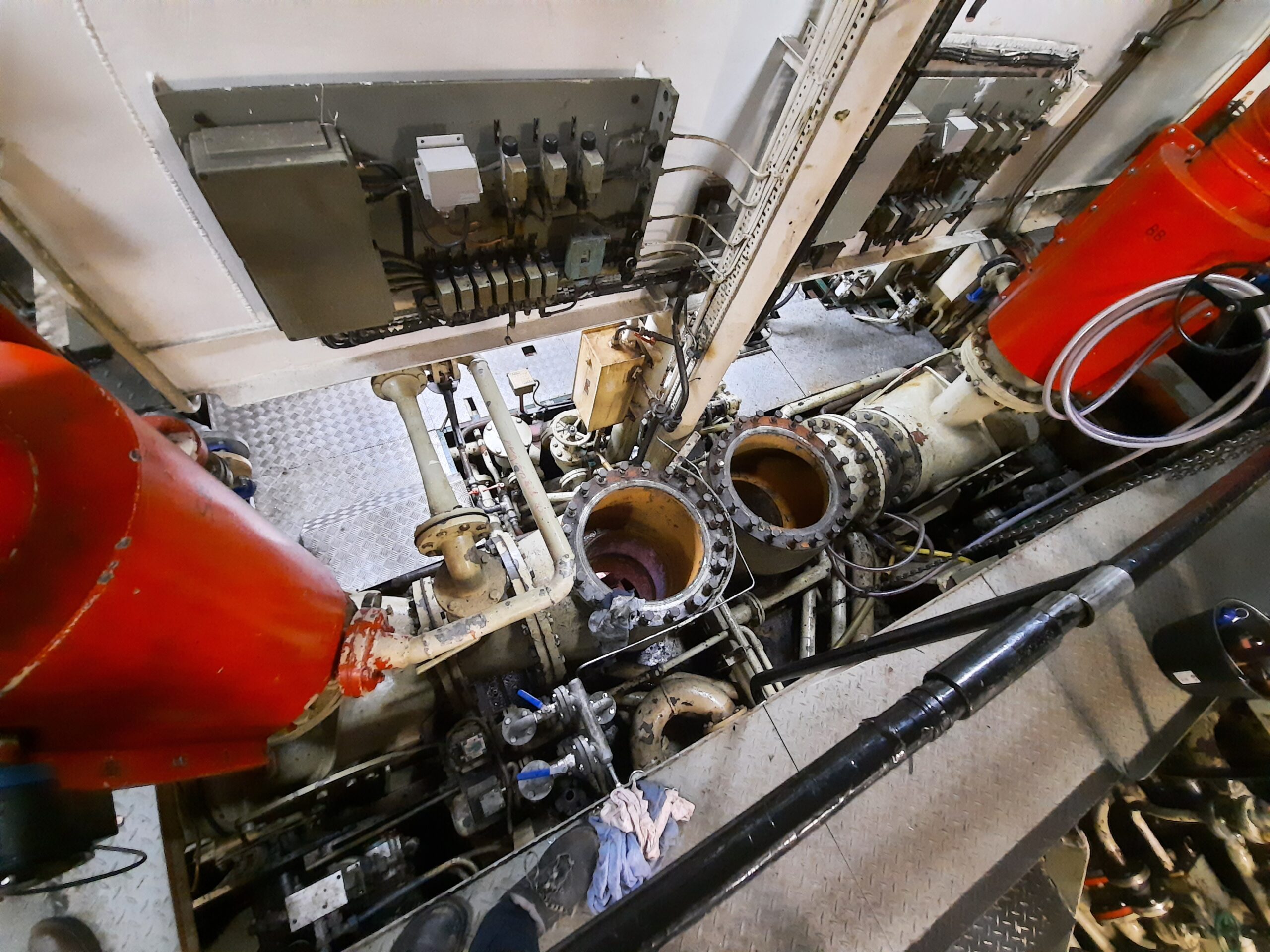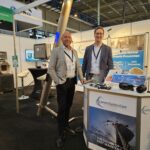Ship fires are becoming increasingly common. On container ships, dangerous cargo is sometimes the cause. A concerning statistic is that there is an average of one fire per week on container ships. On average, once every 60 days, such a fire becomes uncontrollable and develops into a major fire. In 2019 and 2020 combined, there were 19 major fires on container ships alone.
The fires pose an immense danger to the crew. The longer the fire continues, the greater the financial loss due to material damage. It is also harmful to the environment: extensive smoke development occurs, and containers falling overboard along with their contents cause ocean pollution. Some fires create a significant risk of toxic liquids such as oil leaking into the ocean.
Fires can also pose a major problem on other vessels. The fires often rage for some time before being brought under control, resulting in enormous costs. Many seagoing vessels are not optimally prepared for such scenarios. While FiFi systems are present on many vessels, some vessels still struggle with extinguishing fires or preventing them from worsening.

The inadequacy of fire extinguishing systems to control fires is partly caused by biofouling in the pipes. Organisms such as mussels attach themselves to the inside of the suction line(s) and accumulate. This occurs partly because the FiFi installations are rarely used, making them an ideal location for marine organisms. As a result, the firefighting capacity gradually decreases, which can lead to surprises when the fire extinguishing system needs to be used. It is therefore essential to keep the suction lines free from growth so they can contribute at full capacity to controlling a fire.
The Ultrasonic Anti-Fouling System from Lamers System Care B.V. offers the solution to the fouling problem. Through the use of Ultrasonic signals, microscopic air bubbles are created that implode on the inside of the FiFi’s suction line. This combats single-cell bacteria that form the first phase of the fouling process: the biofilm layer. This layer is essential for larger organisms such as mussel larvae to attach to a surface. By preventing the biofilm layer, these organisms do not get the chance to attach.
Would you like more information about our Ultrasonic Anti-Fouling System to maintain your firefighting capacity? Please contact us at: info@LSCare.nl






